We use cookies to improve your browsing experience on our site, show personalized content and analyze site traffic. By choosing "I Accept", you consent to our use of cookies and other tracking technologies.



We won the Museum’s digital development project in 2018 within the framework of a public procurement, during which we could participate in the building’s renovation. We modernized the exhibition by developing various attractions and we made the visitor experience interactive. In the Museum’s halls we redefined the Museum tour experience, making them more exciting with videos, VR experiences and digital games, building the whole concept on a shopping mall theme.

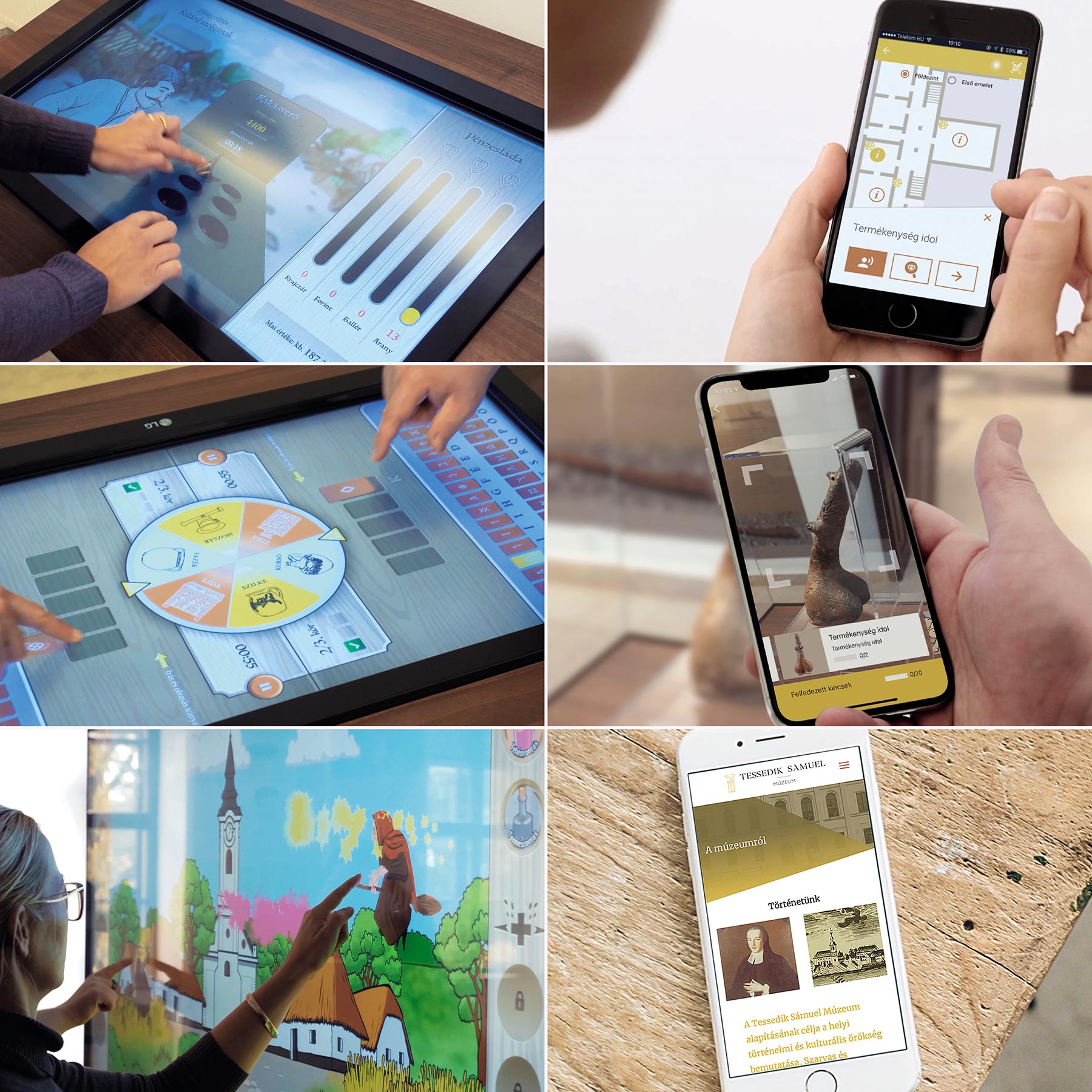
The complex development included the refurbishment of all the exhibits in the Museum. This meant not only software developments, graphic and video work, but also the creation of a hardware infrastructure to display and summarize them. We had to work with all the participants of the renovation to ensure that each part of the exhibition provided an unified and undivided experience for the visitors. Together with the Museum’s historians, ethnographers and archaeologists, we have created the attractions to fill the rooms with authentic and lifelike professional content.
Our visitor mobile app helps and navigates visitors with location and website, and we have enchanted the environment with our videos, holographic projections and games. Each element of the exhibition halls are align with the theme of the room, so they complement each other to reflect the atmosphere of a given historical period. With the help of marketers, we have incorporated awareness-raising and experience-sharing elements into our work to take advantage of social media and online space.
In connection with the Museum renovation in Szarvas, we got the assignment for making a promotional video. Since the building was not ready for shooting at the time, we had to brainstorm other ideas how to motivate potential visitors for the Museum’s re-opening. In our live action image video viewers can learn about the tourist attractions of Szarvas, followed by an animated part which introduces the most important artworks of the Museum. During the project we placed great emphasis on creating a unique concept and mirroring the special Museum atmosphere.
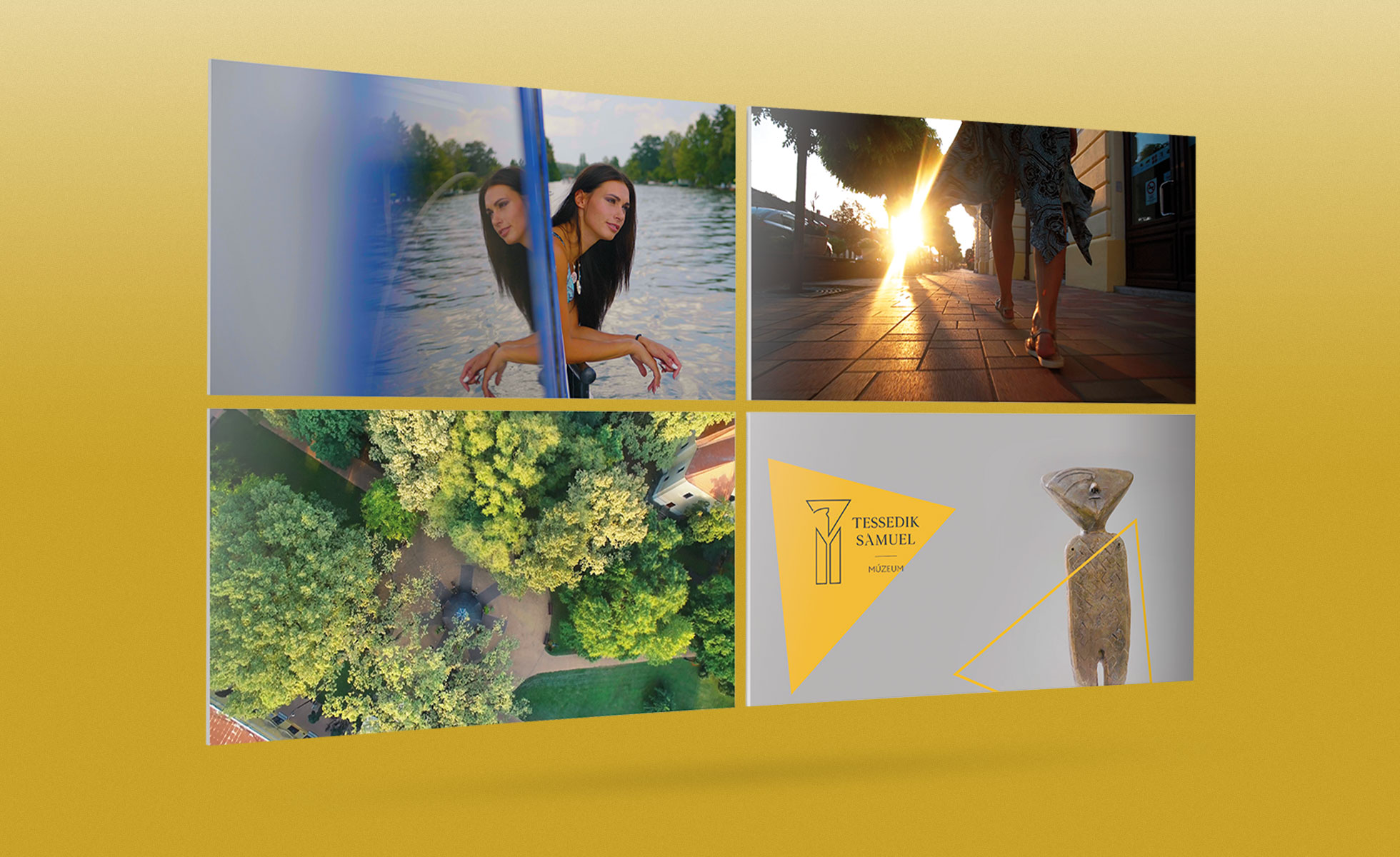
One of the most spectacular elements of the Museum’s renewed exhibitions is our animated 360-degree video about witchery. When creating the 360-degree footages, it was particularly important to grab visitors’ attention and lead them all the way through the video with eye-catching solutions. Visitors are guided through three different scenes, where they can learn about the stereotypes about witches and the major changes that have taken place in their roles.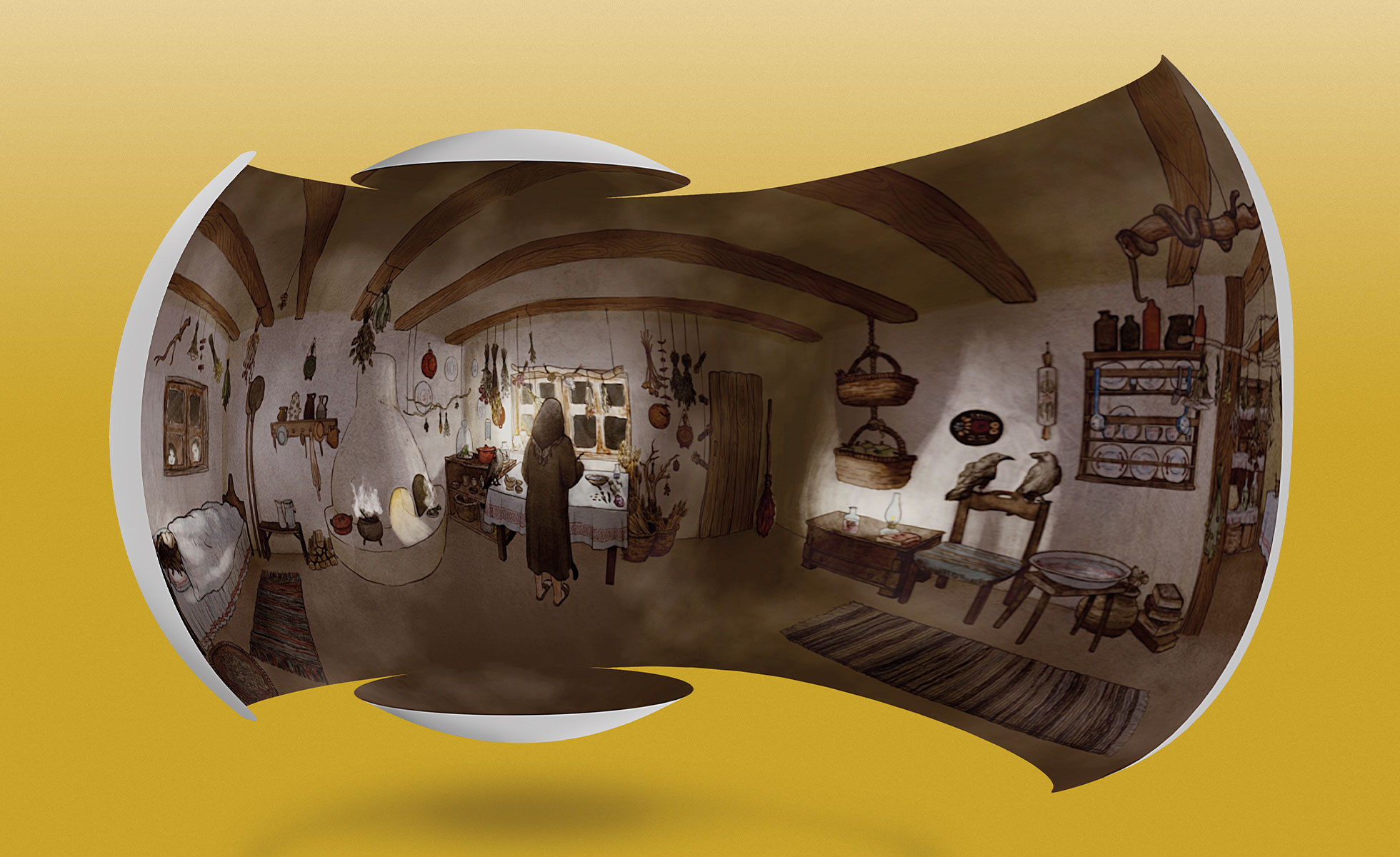
During our project the development of gamification processes was highlighted. Each of our games has unique but uniform style and elements, ensuring the harmony between the different contents displayed on different screens.
In the witchery exhibition hall we can acquaint with the witches’ curses and healing potions, which we can try out on a 75” touchscreen in the form of a fight. In addition to the archaeologically important runic scripts, a digital chalkboard awaits the visitors, which they can use to compete in writing down the names of the exhibited Museum artwork in runes. Visitors can shop in the historic market, for which they have to collect and exchange contemporary money. Virtual fortune telling aims to present the Roma population’s culture in more detail. As part of this we can feel like sitting at the fortune-teller’s table with the help of the camera and the furniture.
Thanks to our team’s creativity and attention to detail, we were able to develop the witches’ and fortune tellers’ animations based on lifelike gestures. Our wide range of test audiences made it possible for us to create digital games that are enjoyable for both younger and older generations.
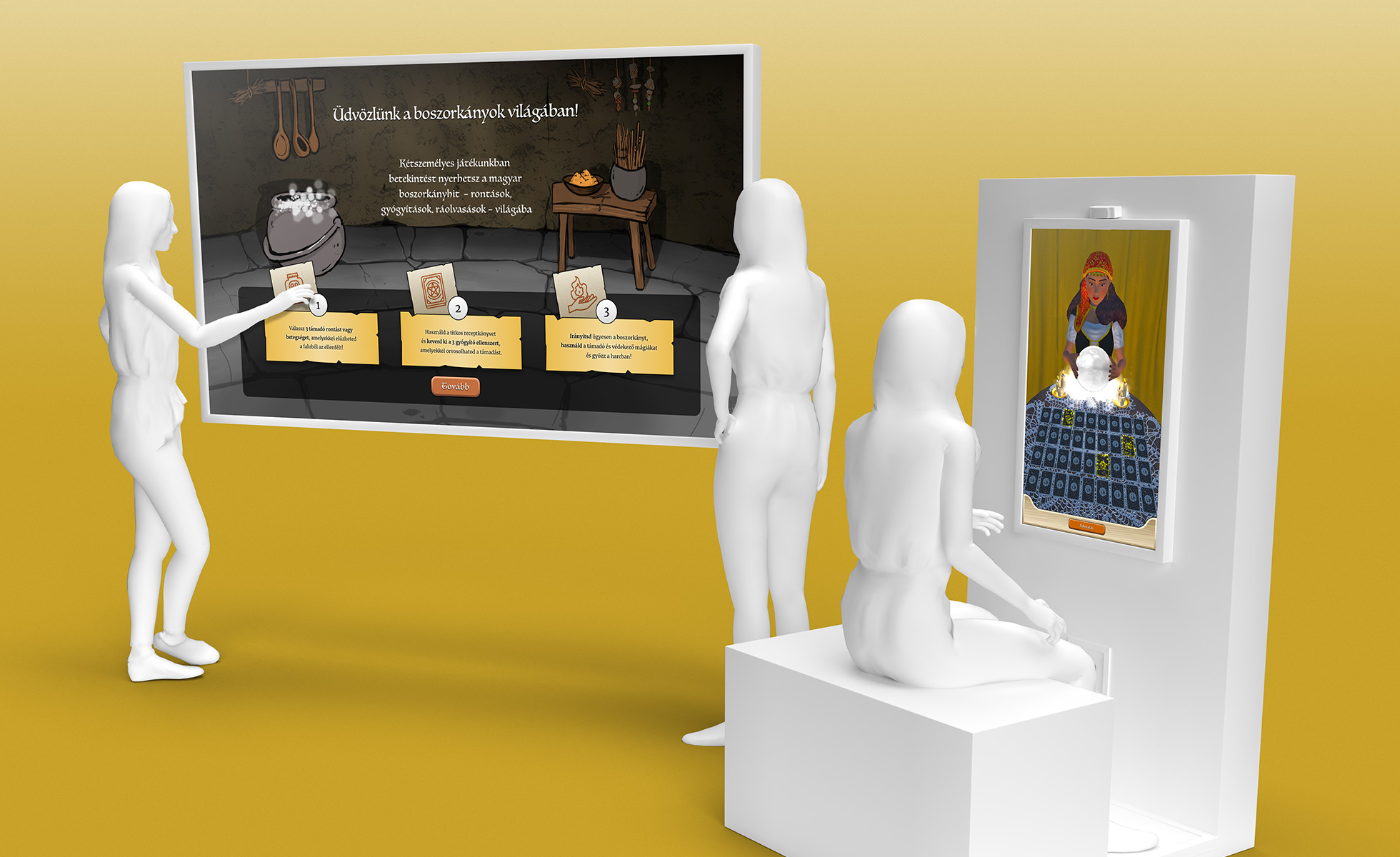
We developed our visitor mobile application with Bluetooth-based technology, which is unique in Hungary. Navigation between the various exhibition halls is aided by an audio guide and an internal map of the Museum, which features an accurate location service. Synchronized with the Museum’s website, the app provides easy and quick information about the exhibition and its history.
The purpose of our application is to make the visit more fun and a memorable experience. A treasure hunt game with an image recognition feature can be used to collect various hidden objects virtually, for which promotional gifts can be won.
In addition to exciting features for both children and adults, the audio guide is also available for both target groups. Content on the website and in the app is available in three languages. Content composition and structure have been constructed based on several aspects, as we had to process a lot of material – so the composition of the website and the structure of its pages provide a simple and clear guide to accessing the information.
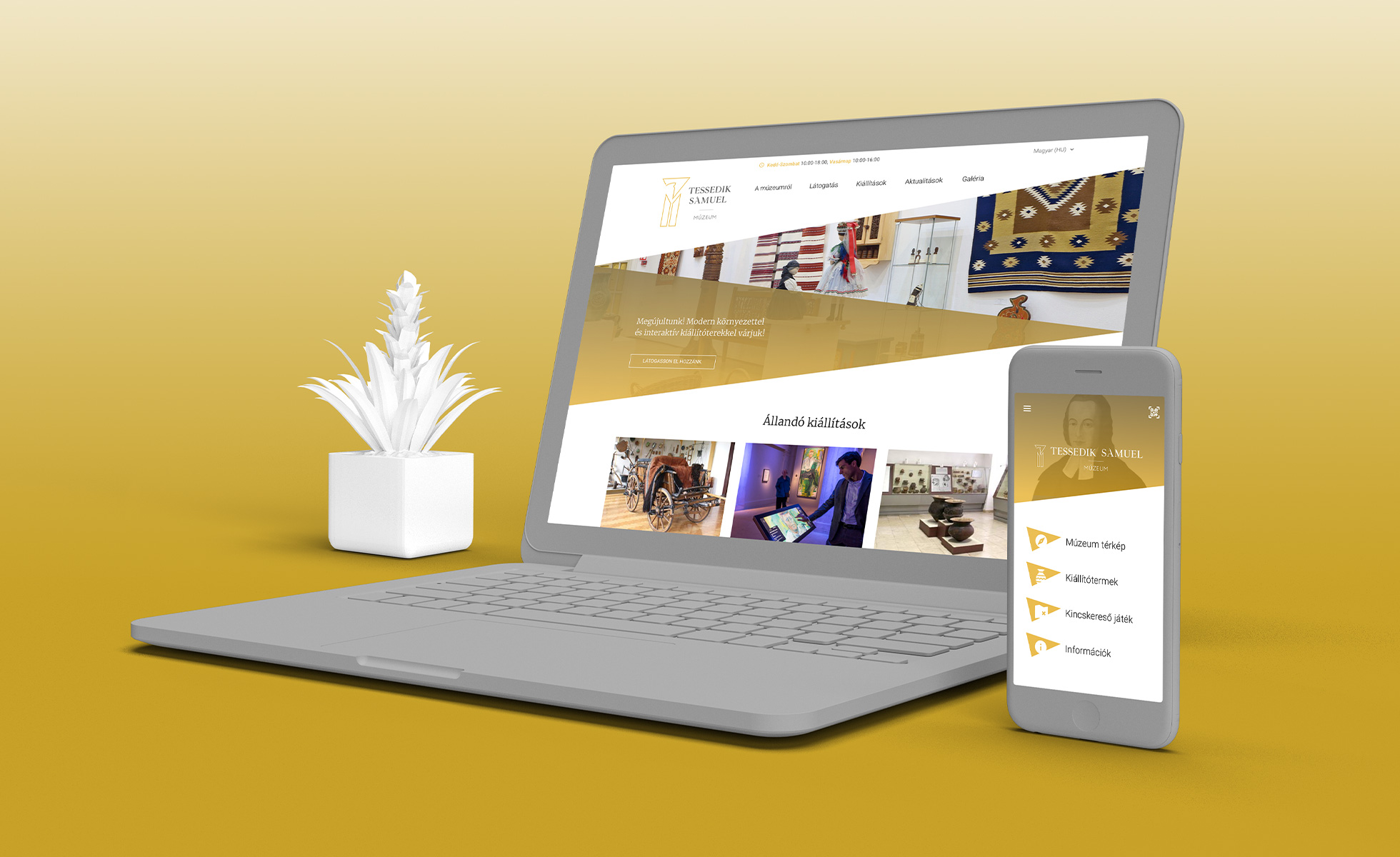
We create lasting experiences
Let's get in touch!